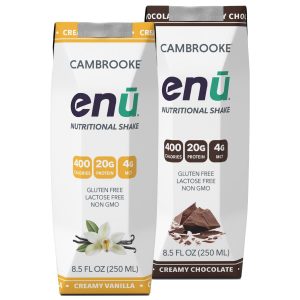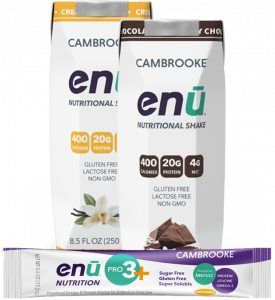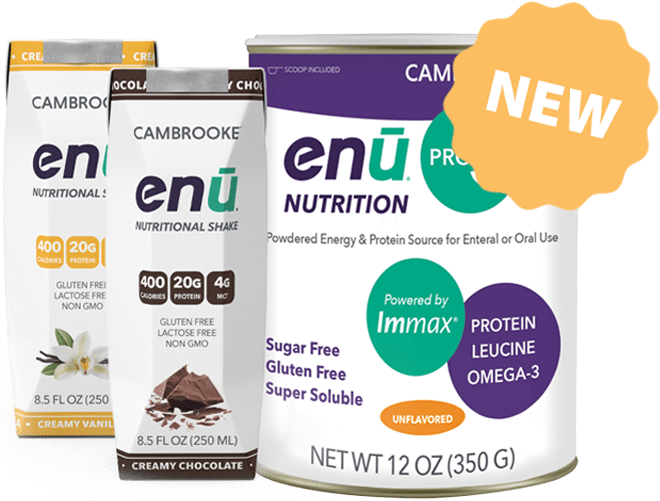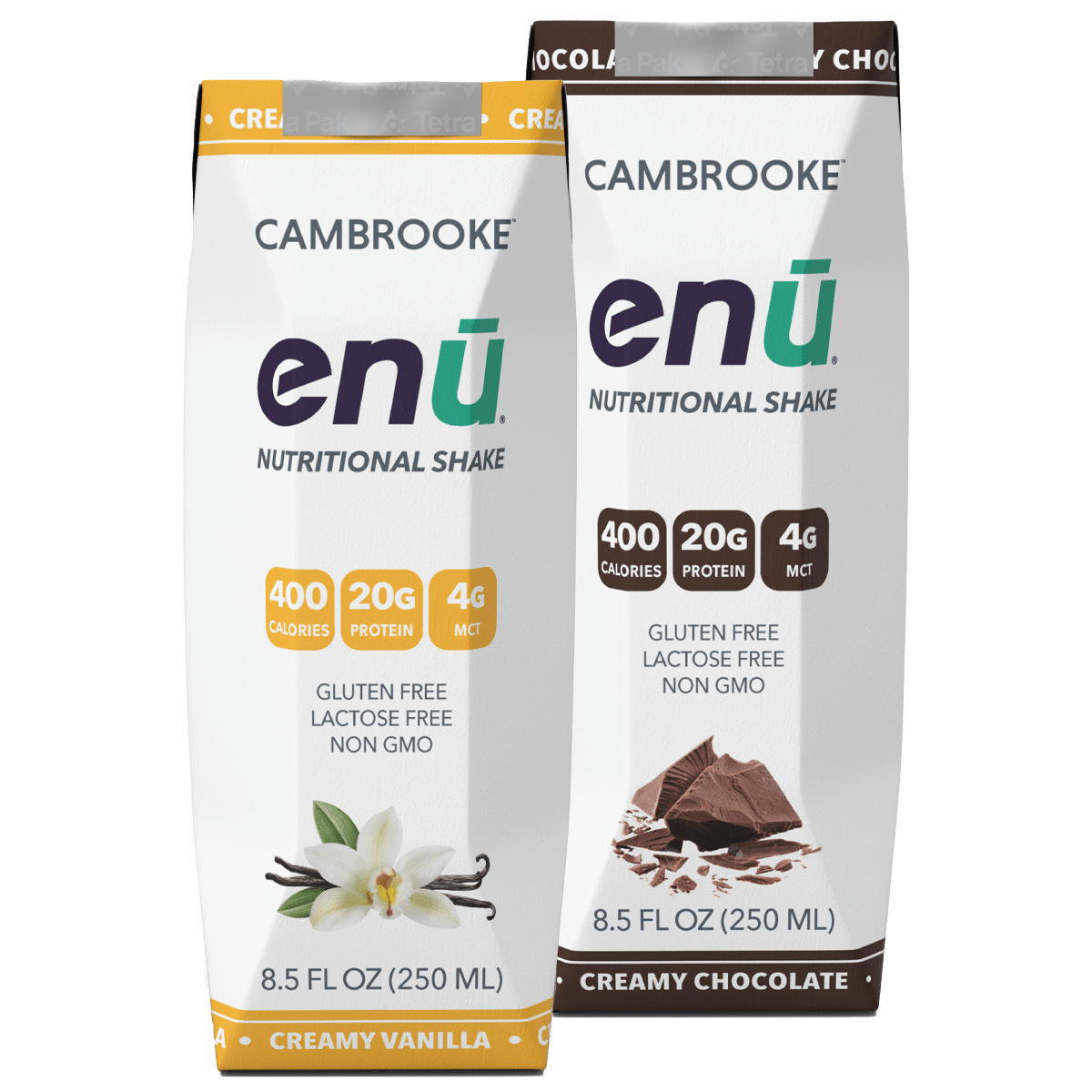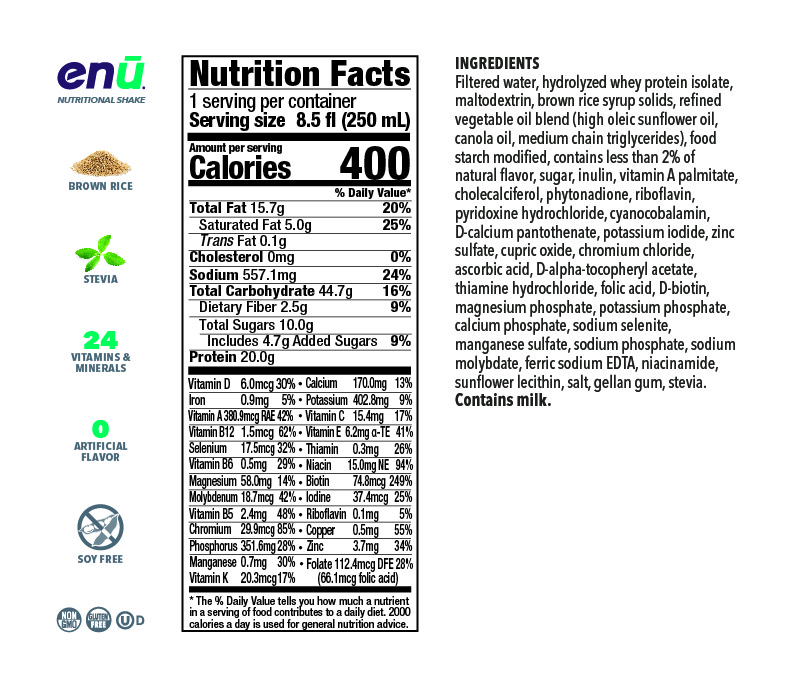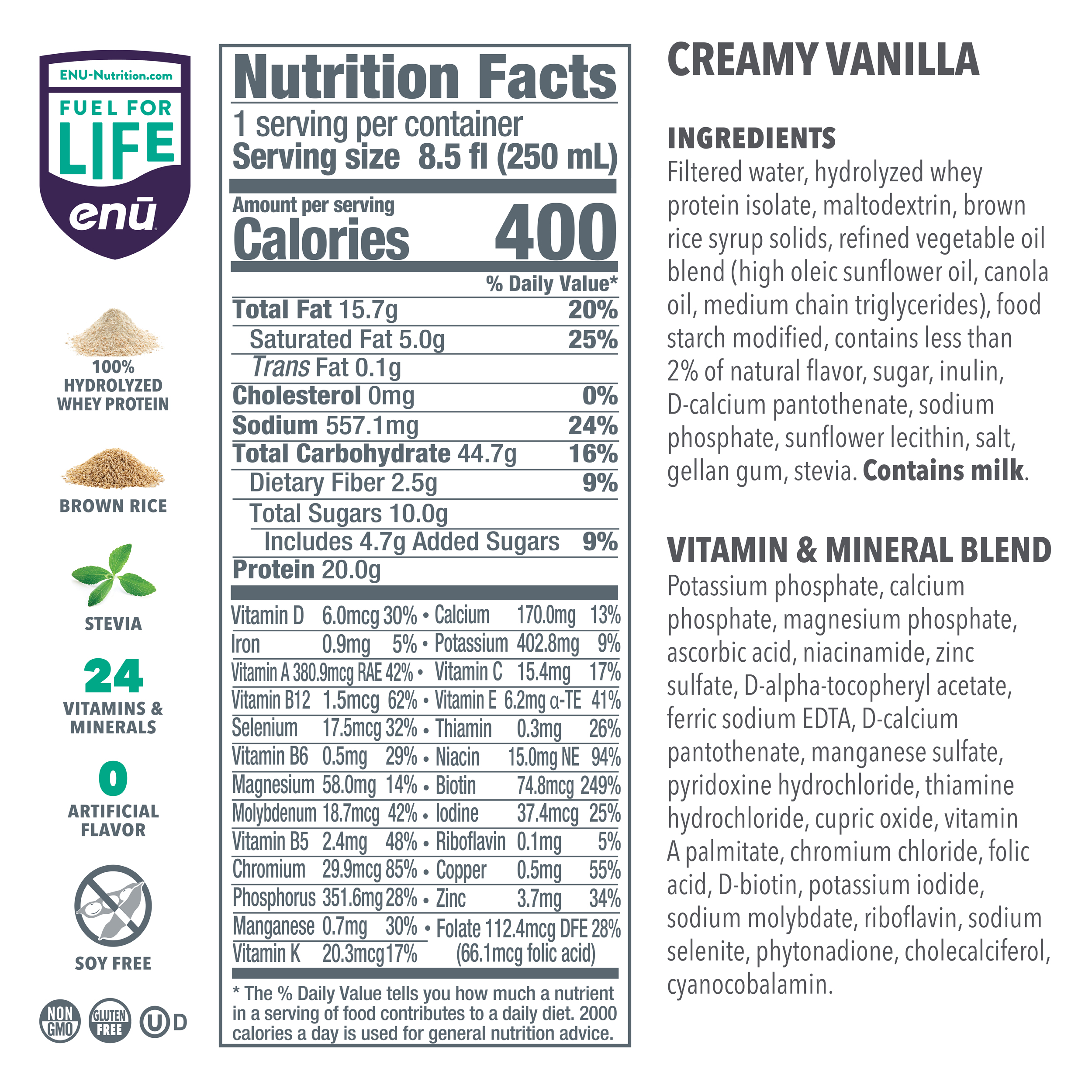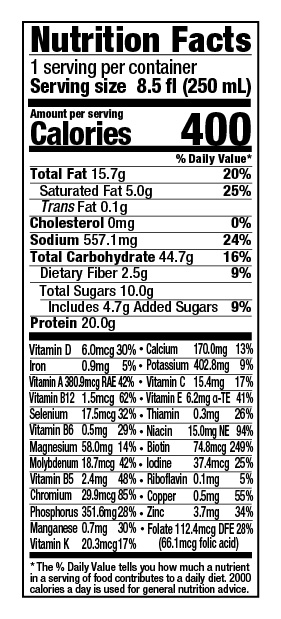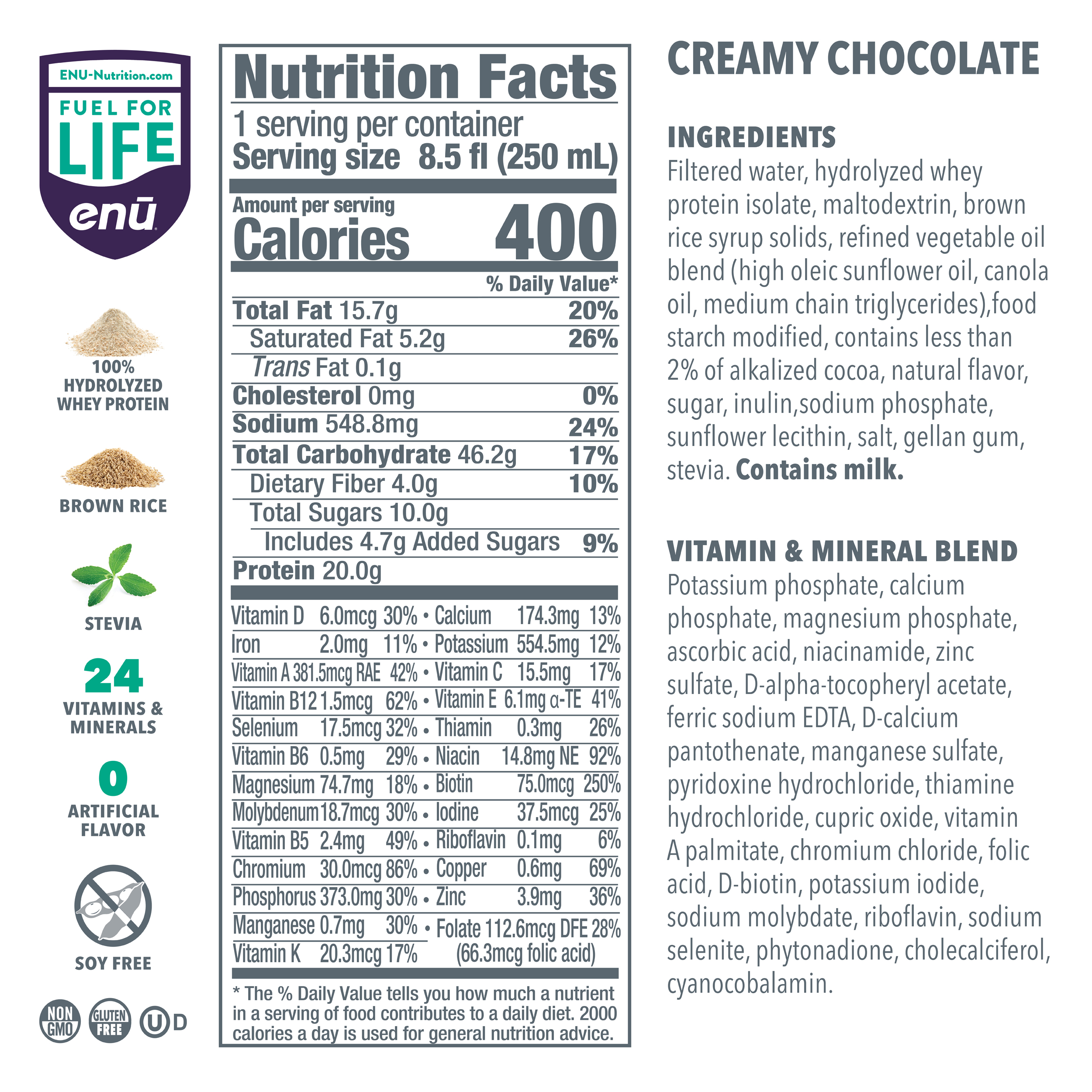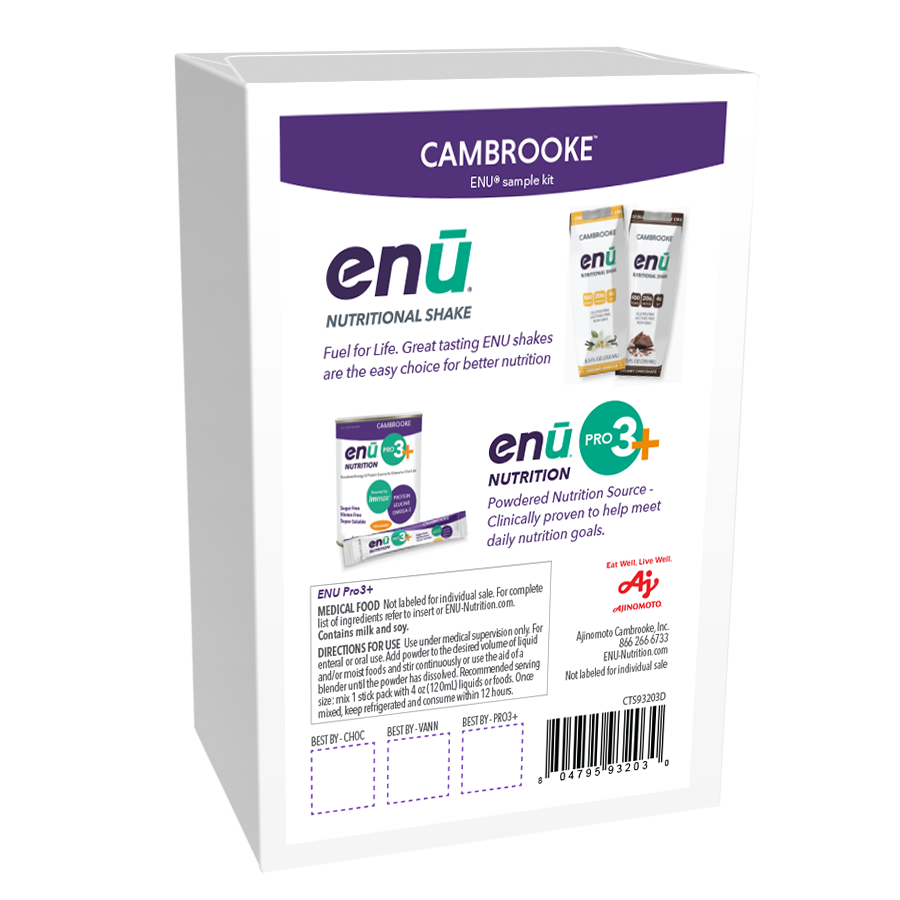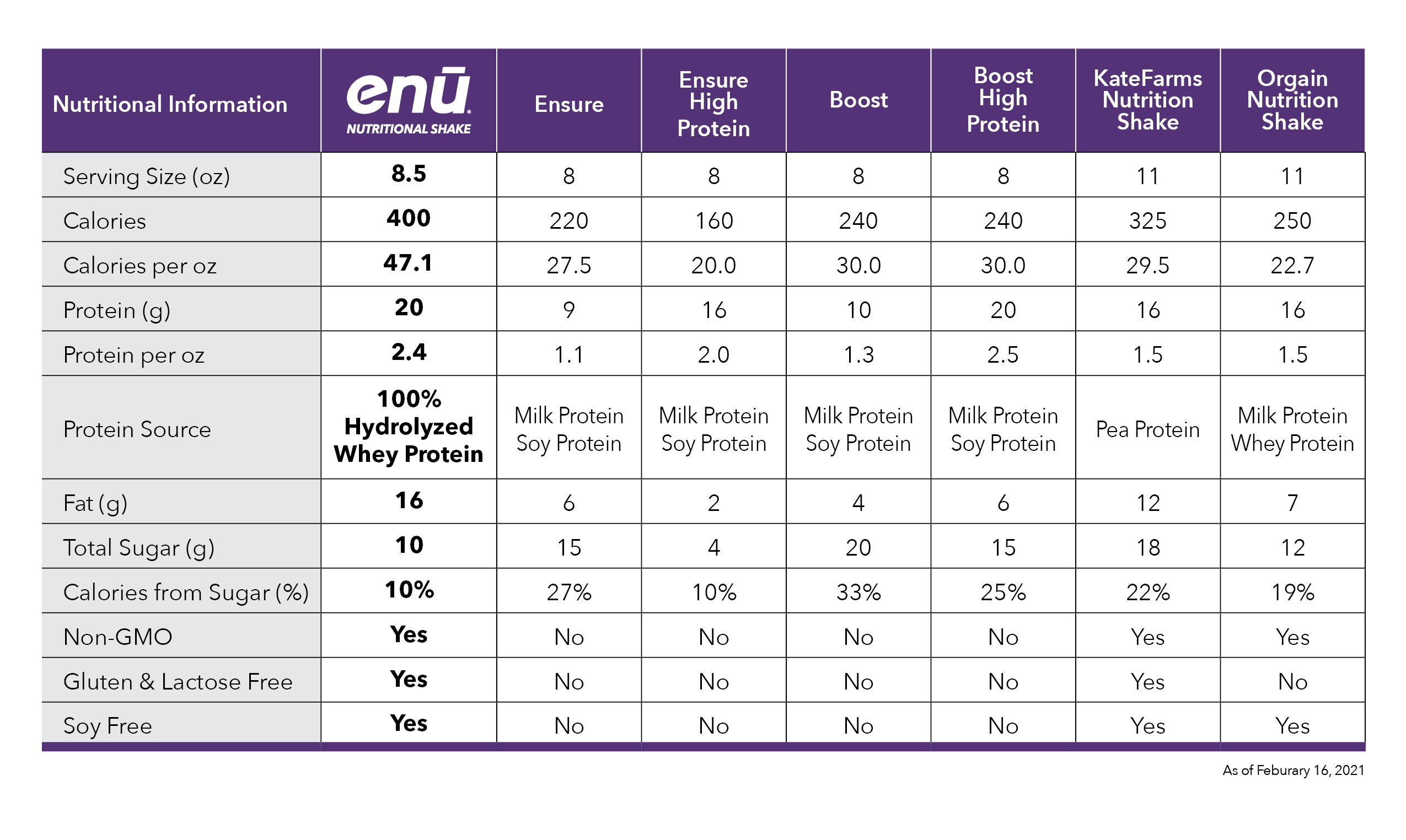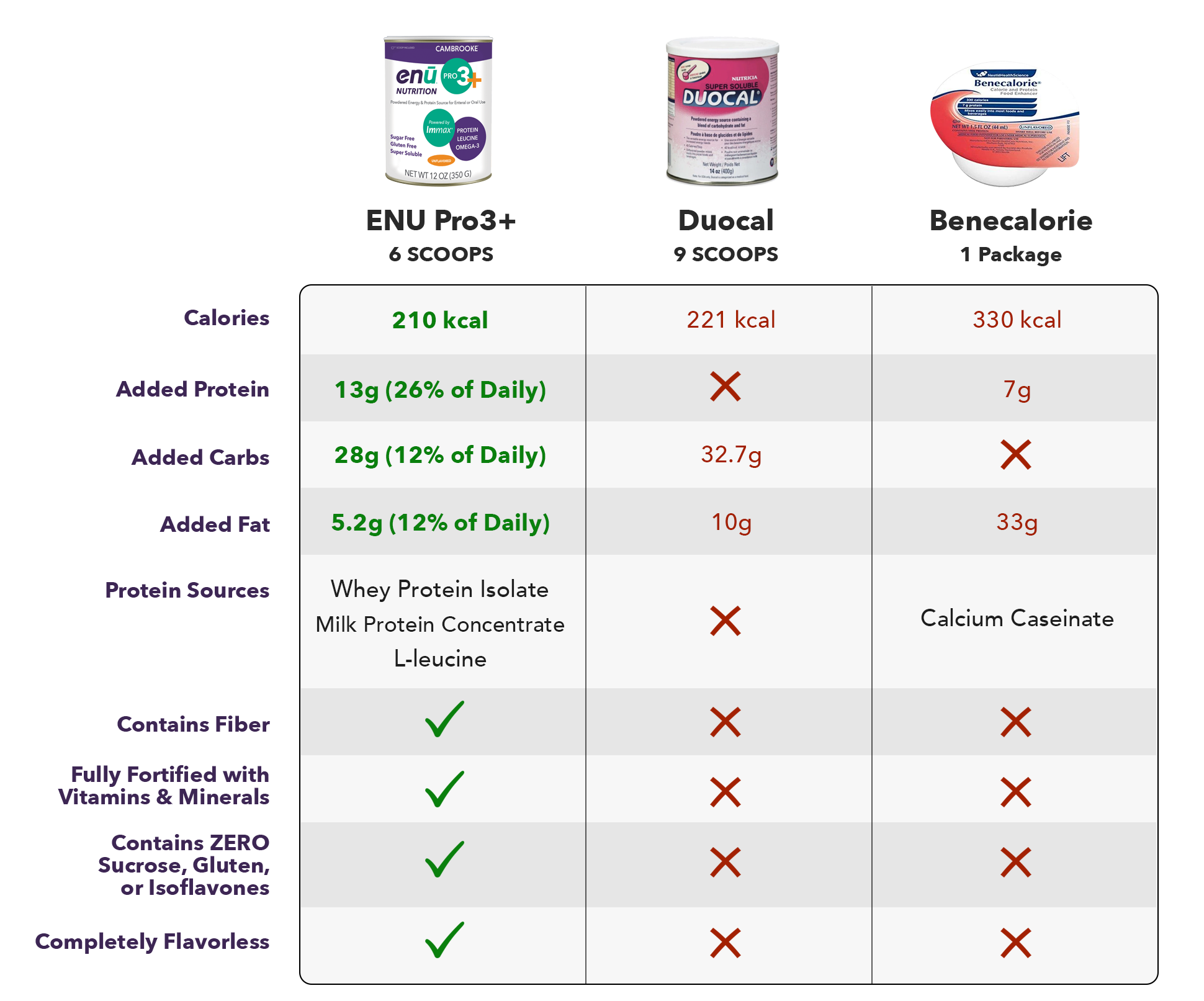
Get a FREE
ENU Intro Pack*
*Just Pay $2.00 Shipping
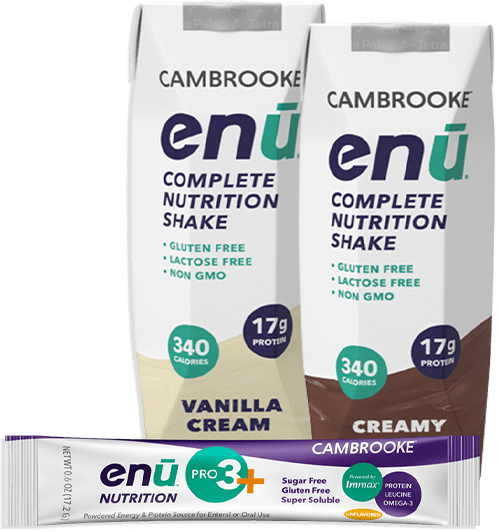
What is the Best Diet for a Child with Cystic Fibrosis?
Living with the symptoms of cystic fibrosis can be trying for patients and their families. This illness affects some of the most fundamental aspects of a patient’s life, from the ways their bodies handle food to the energy demands they face simply to stay at a healthy weight. Because cystic fibrosis is passed on from parent to child, its symptoms begin at birth; for this reason, there is a significant number of children who have this potentially debilitating disease. Regardless of whether a child has cystic fibrosis, however, they need all the same nutrients as all other children in order to thrive and grow, but how can they get these foods and maintain a healthy weight if they have CF? In other words, what is the best diet for a child with cystic fibrosis? To find out more about cystic fibrosis nutrition, keep reading as the people at ENU explain.
How Cystic Fibrosis Affects a Child’s Diet
As mentioned above, cystic fibrosis is a congenital disease, meaning that it affects people from the moment they’re born. This occurs when both parents carry the gene that leads to a mutation in the cystic fibrosis transmembrane conductance regulator (CFTR) gene; assuming both parents are carriers for the mutation, their child has a 25% chance of having that mutation, even if neither parent shows symptoms of cystic fibrosis.
In children with a mutation of the CFTR gene, the CFTR protein in cells doesn’t work correctly. Normally, this protein is used to move chloride to the surface of cells to attract water, but in those with CF, this movement doesn’t take place, or else it happens far less often than it should. The result is that less water is attracted to the surface of the mucous membranes in the respiratory and digestive systems, which causes the mucus in those areas to become thicker, leading to a wide variety of problems.
In the digestive system, mucus blocks the ducts of the pancreas in those with CF, preventing the release of enzymes that are used to finish breaking down food that has left the stomach and entered the intestines. Without these enzymes, much of the nutritional value of the foods a child with cystic fibrosis consumes is left unabsorbed by the body and is passed in the stool, leading to a significant nutritional deficit that most directly affects the amounts of fats and calories that a child with CF retains.
In the respiratory system, the thicker mucus common to children with CF can block the airways, making breathing difficult and requiring parents to practice airway clearance techniques with their children to loosen the mucus. This sticky substance also tends to trap contaminants like bacteria, which leads to frequent respiratory infections that can increase the energy and protein requirements of patients with CF.
From a dietary standpoint, the effects of cystic fibrosis require that children with CF get far more fats and calories – as well as protein and fat-soluble vitamins – in their diets to compensate for their lack of absorption. You can read more about the best diet for a child with cystic fibrosis below.
What a Child with Cystic Fibrosis Should Eat
When it comes to observing proper nutrition with cystic fibrosis, it’s important for parents to prioritize certain foods over others. The following are some of the most important nutrients and foods for those with cystic fibrosis, including children.
Get Plenty of Healthy Fats and Fat-Soluble Vitamins
Fats are the macronutrient most directly affected by the symptoms of cystic fibrosis. This type of nutrient is especially important for a few reasons: Fats are an excellent source of calories, which CF patients need, and they’re necessary for the absorption of vitamins A, D, E, and K – the fat-soluble vitamins.
Cooking with unsaturated oils, such as olive oil or coconut oil, can add fats and calories to a meal, and snacks that also contain protein are excellent options, such as peanut butter on crackers or nutritional shakes from ENU. Ultimately, the amount of fat a child with cystic fibrosis should eat will depend on their current age, weight, calorie intake, and ability to process nutrients. The general guideline for CF patients is to get 40 percent of total calories from fats.
Calories Are Key
Though not technically nutrients, calories are an important part of any cystic fibrosis diet. Because so much of the food a child with CF eats is not used by the body, they have to get far more calories than most people. Adults with this condition often need in excess of 3,000 calories a day just to stay at their current weight; a child should get between 2,000 and 2,800 calories daily.
To hit these numbers, try adding calorie-dense foods to your child’s diet; this can include fatty foods, such as peanut butter or avocados, and dairy products that contain a mix of fats, protein, and vitamins, such as ice cream or dishes prepared with heavy cream. Also, bring snacks with you when you go out to maintain a steady calorie intake.
Healthy Nutritional Shakes for Children with Cystic Fibrosis
When deciding what to give a child with cystic fibrosis, it’s important to look at the nutrition label and weigh how a specific product might fulfill that child’s specific needs. Nutritional shakes from ENU contain a healthy blend of fats, carbs, and protein, along with all four fat-soluble vitamins, in a tasty drink that also offers 400 calories. To learn more about this nutritional supplement and how it can help children with cystic fibrosis, visit ENU online or call (855) 266-6733 today.
